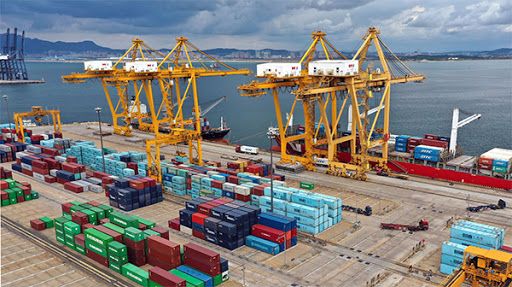The safeguard is a protection against imports in cases of urgency, explains the World Trade Organization (WTO).
A WTO Member may temporarily restrict imports of a product (take “safeguard” measures) if imports of that product have increased by such a quantity that they cause or threaten to cause injury to a domestic industry.
But the damage caused must be serious.
These measures were always available under the GATT (Article 19).
However, they were not used frequently, with some governments preferring to protect domestic industries through “gray area” measures; that is to say, using bilateral negotiations held outside the GATT, they convinced exporting countries to “voluntarily” limit exports or accept other forms of market sharing.
Thus, agreements of this type were reached with respect to a wide range of products: for example, automobiles, steel and semiconductors.
Safeguard
Then the WTO Agreement brought innovations.
It prohibits “gray area” measures and establishes deadlines for all safeguard measures (“sunset clause”).
The Agreement stipulates that Members shall not seek to adopt, adopt or maintain voluntary export restraints, orderly marketing agreements or other similar measures on the export side or the import side.
Bilateral measures that had not been modified to bring them into conformity with the Agreement were phased out until the end of 1998.
Each country could maintain one of these measures for one more year (until the end of 1999), but only the European Union – with respect to its restrictions on imports of cars from Japan – made use of this provision.
Alternatives
An increase in imports that justifies the adoption of safeguard measures may be a real increase in imports (an absolute increase); or it may also be an increase in the share of imports from a shrinking market, even though the volume of imports is not greater (relative increase).
Likewise, industries or companies can request the adoption of safeguard measures by their governments.
The WTO Agreement establishes requirements for safeguard investigations by national authorities.
There, the emphasis is on transparency and that established norms and practices are followed, avoiding the use of arbitrary methods.
Investigating authorities must publicly announce the date the hearings will take place and provide other appropriate means for interested parties to present evidence, which must include arguments as to whether the measure is in the public interest.
The Agreement also establishes criteria to assess the existence or threat of “serious injury” and indicates the factors that must be taken into account when determining the effects of imports on the domestic industry.
When a safeguard measure is imposed, it should only be applied to the extent necessary to prevent or remedy serious injury and to facilitate adjustment by the affected industry.
Where quantitative restrictions (quotas) are imposed, they should not normally reduce the volume of imports below the annual average for the last three representative years for which statistics are available, unless there is a clear justification for this. the need to set a different level to prevent or repair serious damage.
![]()

